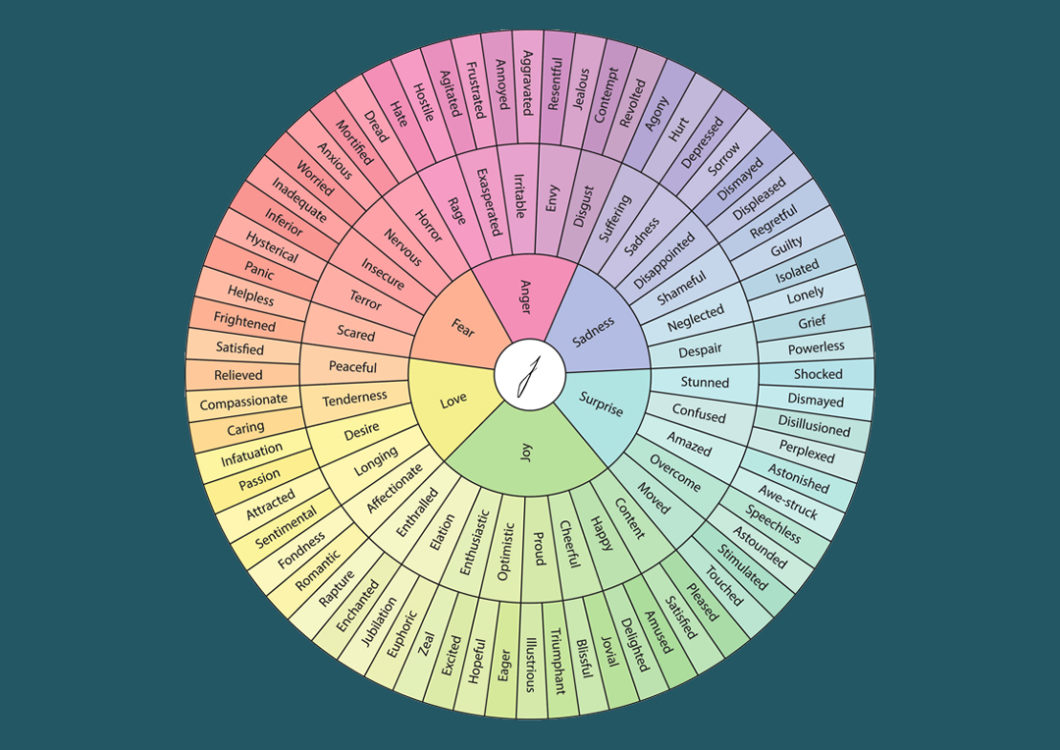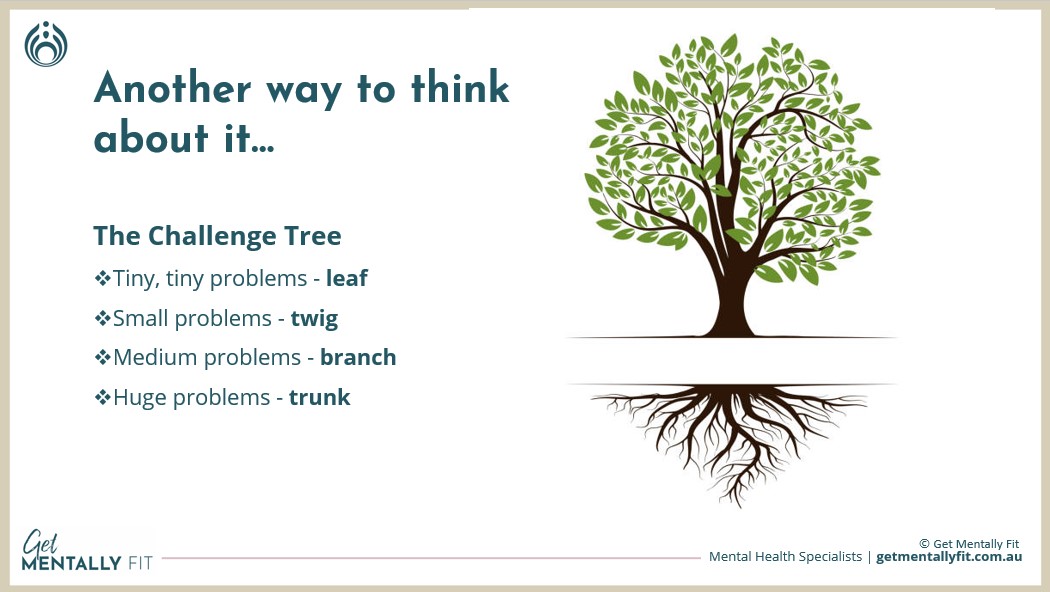Why emotional control?
Let’s face it – we all experience moments where our emotional reactions could use a little more finesse. Whether it’s a tense interaction with a colleague, a frustrating commute, or an overwhelming moment at home, learning to regulate your emotional responses is crucial. Not only does emotional control support your mental wellbeing, it enhances your performance, relationships, and physical health.
For instance, having high emotional control doesn’t mean suppressing feelings or lacking empathy. Rather, it’s the ability to manage emotions – both your own and others – to influence situations positively and maintain composure under pressure. The good news? Emotional control can be developed with intentional practice and the right tools.
Traits of People with Low and High Emotional Control
To understand why emotional control matters, it helps to recognise the clear differences between those who have it and those who struggle with it. Emotional control isn’t about bottling up feelings – it’s about managing them in ways that serve your wellbeing and support productive relationships.
By observing common traits of low versus high emotional control, you can begin to identify where you stand and what areas may need strengthening. These differences can shape everything from how you handle pressure to how others perceive your confidence, empathy, and leadership potential.
People with low emotional control often:
Let emotions dictate their responses
Internalise problems or feel personally attacked
Struggle to stay calm in a crisis
Use passive language and feel powerless
Whereas those with high emotional control:
Stay calm under pressure
Show only the emotions they choose to reveal
Detach from the emotional reactions of others
Maintain perspective and control of their behaviour
Feel confident in their ability to influence outcomes
Can you develop your Emotional Control?
We are all born with varying degrees of emotional control and we develop individual levels of this trait depending on life experiences and personal environmental factors. The simple answer is yes, we can proactively develop our emotional control. To do this requires us to commit to learning proven strategies and tools that can be used to regulate our emotional responses to our unique life experiences.
Considering this… let’s have a look at 3 Tools that can help you!
3 Practical Tools to Improve Your Emotional Control
These strategies can be used any time, anywhere. With consistent use, they help you build emotional agility and reduce reactivity.
1. Build Self-Awareness with Emotional Vocabulary
The earlier you can identify what you’re feeling, the easier it is to manage your response. This begins with developing your emotional vocabulary to improve your ability to articulate how you and others may be feeling.
Using tools like the emotion wheel below, practice naming your emotions more accurately. Instead of just feeling “bad” or “angry,” identify whether you’re frustrated, embarrassed, anxious, or disappointed.
Why it matters:
Improves communication and empathy
Supports emotional regulation
Deepens relationships
Try this: Pause when emotions arise and ask, “What am I really feeling?” Then, label it.

2. Reframe Your Thinking
How you interpret events impacts how you feel. Reframing is the ability to change your perspective on a situation to reduce its emotional impact.
Sarah Edelman, psychologist and author of Change Your Thinking, explains that many of our emotional reactions stem not from events themselves, but from our beliefs about them.
Reframing helps you:
Respond calmly instead of reacting impulsively
Challenge unhelpful thinking patterns
Increase optimism and reduce stress
Try this: When you’re upset, ask yourself, “What else could be true about this situation?” or *”How might someone else see this differently?”
3. Use the Challenge Tree
Perspective is powerful. Sometimes we overreact to minor stressors as if they were major crises. The Challenge Tree tool helps you categorise problems by their true significance:
Leaf: Small irritation (e.g. long email thread)
Twig: Minor challenge (e.g. critical feedback)
Branch: Moderate issue (e.g. missed deadline)
Trunk: Major life event (e.g. job loss)
This visual helps you respond appropriately and prevent catastrophising.
Try this: Before reacting, ask: *”Is this a leaf, twig, branch, or trunk problem?”

Final Thought
You can’t always control what happens around you, but you can learn to better manage how you respond. Building emotional control is not about becoming emotionless – it’s about being empowered to more accurately identify how you and others feel, so you can respond more appropriately, thoughtfully, and constructively.
By integrating self-awareness, reframing, and healthy perspective into your daily life, you can strengthen your mental fitness and lead more healthily, and with clarity and confidence.
Ready to take control of your emotional responses?
Improving emotional control isn’t about suppressing your feelings—it’s about building the awareness and skills to respond with intention. At Get Mentally Fit, our expert workplace psychologists equip individuals and teams with practical tools to boost self-regulation, strengthen emotional intelligence, and create mentally fit workplaces.
✅ Want to take the next step?
📞 Get in Touch to explore one-on-one coaching or group training focused on emotional control and resilience.
🎯 How’s your Emotional Control? Why not find out by taking our Mental Fitness Check – and start building real emotional strength.
📥 Or check out our Leader Support service for your own professional development or Mental Fitness Workshops, which are designed to embed emotionally intelligent into your organisation’s culture.
Let’s build emotional strength that lasts – together.


